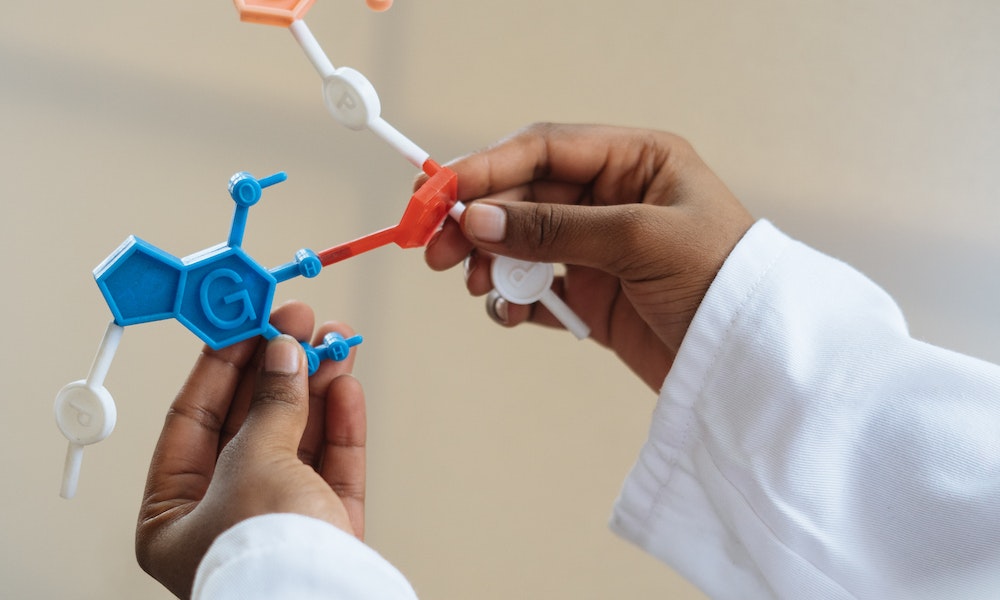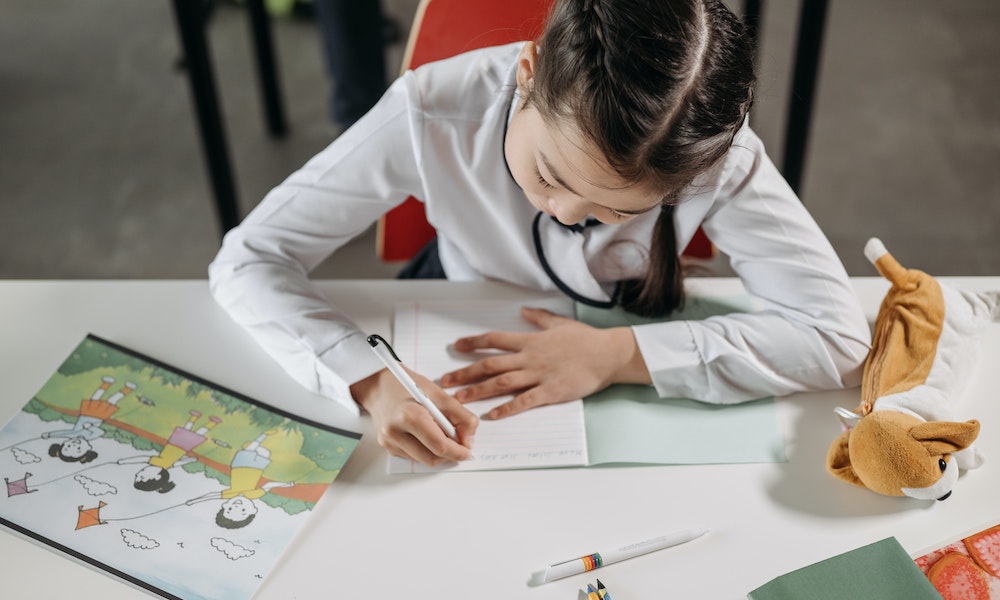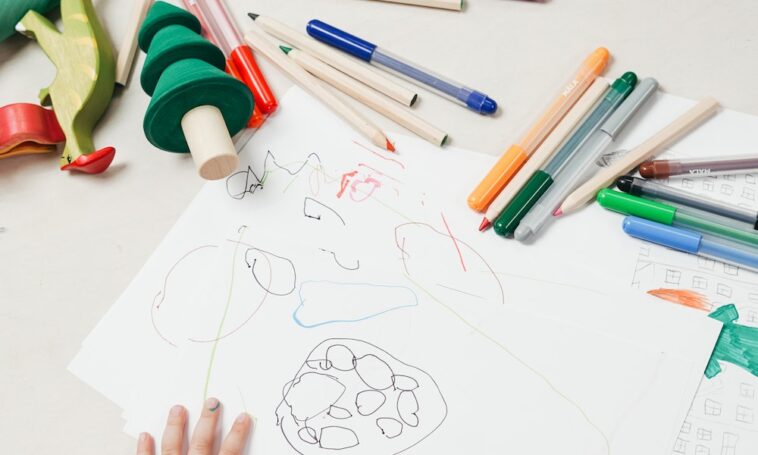EdTech on Student Creativity, In today’s rapidly evolving digital landscape, educational technology, commonly known as EdTech, has emerged as a game-changer in the field of education. With its innovative tools and platforms, EdTech is revolutionizing traditional teaching methods and unlocking new dimensions of learning for students. One significant area where EdTech has made a profound impact is student creativity. This article explores seven important impacts of EdTech on student creativity, highlighting the ways in which technology is transforming and enhancing creative abilities.
Read More: 5 Best role of EdTech in promoting critical thinking skills
Explore the Contents
- 1 Enhancing Collaboration and Communication
- 2 Personalized Learning and Creativity
- 3 Gamification and Creativity
- 4 Access to Diverse Learning Resources
- 5 Adaptive Feedback and Creative Growth
- 6 Cultivating Critical Thinking Skills
- 7 Augmented Reality and Virtual Reality
- 8 EdTech on Student Creativity, Conclusion
- 9 FAQs
Enhancing Collaboration and Communication
EdTech on Student Creativity, EdTech provides students with various tools and platforms to collaborate effectively with their peers, irrespective of geographical barriers. Through collaborative projects, students can share ideas, work together on creative assignments, and receive feedback from multiple perspectives. Platforms like Google Docs, Trello, and Slack enable seamless communication and real-time collaboration, fostering creativity through collective brainstorming and problem-solving.

Personalized Learning and Creativity
EdTech on Student Creativity, One of the most significant advantages of EdTech is its ability to cater to individual learning needs. Personalized learning experiences allow students to explore their interests, pace their learning, and delve into creative projects that align with their passions. By tailoring education to individual students, EdTech nurtures creativity by empowering learners to pursue their unique interests and express themselves through diverse mediums.
Gamification and Creativity
EdTech on Student Creativity, Integrating game elements into education has proven to be an effective strategy for enhancing student engagement and promoting creativity. EdTech leverages gamified learning platforms and applications that make learning fun and interactive. By introducing challenges, rewards, and competitions, students are motivated to think creatively, solve problems, and explore innovative solutions. Gamification cultivates a playful mindset that sparks imagination and stimulates creative thinking.

Access to Diverse Learning Resources
EdTech on Student Creativity, EdTech breaks down the barriers of traditional classroom resources, providing students with access to a vast array of learning materials from across the globe. Through online libraries, educational websites, and multimedia platforms, students can explore diverse perspectives, cultures, and knowledge domains. This exposure to varied resources broadens their horizons, fuels inspiration, and encourages students to think creatively by incorporating diverse influences into their work.
Adaptive Feedback and Creative Growth
EdTech on Student Creativity, Instant feedback plays a crucial role in fostering creativity. EdTech tools offer adaptive feedback mechanisms that provide students with immediate insights into their work, highlighting areas for improvement and encouraging experimentation. By receiving constructive feedback in real-time, students can iterate and refine their creative outputs, honing their skills and pushing the boundaries of their imagination.
Cultivating Critical Thinking Skills
EdTech on Student Creativity, EdTech empowers students with critical thinking skills, an essential component of creativity. Through interactive simulations, problem-solving applications, and analytical exercises, students are challenged to think critically, analyze information, and develop innovative solutions. By cultivating their analytical abilities, EdTech equips students with the necessary tools to approach complex problems creatively, fostering a mindset of exploration and originality.

Augmented Reality and Virtual Reality
EdTech on Student Creativity, Augmented Reality (AR) and Virtual Reality (VR) technologies have gained prominence in the education sector, offering immersive learning experiences that stimulate creativity. AR and VR enable students to explore virtual environments, historical landmarks, scientific simulations, and artistic creations, providing a multisensory approach to education. By immersing students in virtual worlds, EdTech broadens their perspectives, inspires creativity, and encourages them to think beyond traditional boundaries.
EdTech on Student Creativity, Conclusion
In conclusion, EdTech has a profound impact on student creativity by revolutionizing traditional teaching methods and unlocking new dimensions of learning. Through enhancing collaboration and communication, personalizing learning experiences, gamifying education, providing access to diverse resources, offering adaptive feedback, cultivating critical thinking skills, and leveraging AR and VR technologies, EdTech empowers students to unleash their creative potential. By embracing technology in education, we can nurture a generation of innovative thinkers, problem solvers, and creators.
Read More: 5 Best role of EdTech in promoting critical thinking skills

FAQs
How does EdTech benefit student creativity?
EdTech enhances student creativity by providing collaborative platforms, personalized learning experiences, gamified environments, diverse resources, adaptive feedback, critical thinking exercises, and immersive technologies that stimulate imagination and innovation.
Can EdTech replace traditional teaching methods?
EdTech complements traditional teaching methods by offering innovative tools and approaches. While it cannot entirely replace the role of teachers, it enhances the learning experience, fosters creativity, and broadens educational possibilities.
Are there any drawbacks to using EdTech for creativity?
While EdTech offers numerous benefits, it is essential to balance technology with real-world experiences and human interactions. Overreliance on technology may limit physical engagement, social interaction, and hands-on learning, which are also vital for creativity.
Which specific EdTech tools are recommended for fostering creativity?
Specific EdTech tools recommended for fostering creativity include collaborative platforms like Google Docs and Trello, gamified learning applications, multimedia resources, virtual reality experiences, and adaptive feedback systems.
How can teachers integrate EdTech into their classrooms effectively?
Teachers can effectively integrate EdTech by selecting appropriate tools, providing training to students, integrating technology seamlessly into lesson plans, encouraging creativity through assignments, and balancing digital resources with traditional teaching methods.



